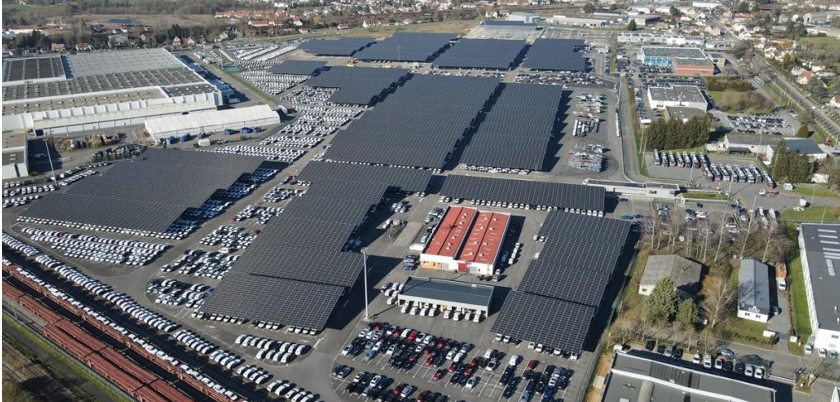This is a guide only. For less technical information see the basic guide to selecting a home grid-tie or off-grid solar battery system. Solar and battery storage systems must be installed by an experienced licensed electrical professional. Solar and Energy storage systems generate and store huge amounts of energy which can result in damage, fire or serious injury if the installation does not meet all relevant regulations, standards & guidelines.
Four Basic Steps To Designing Battery Storage Or Off-Grid Solar Systems
Before selecting or purchasing any equipment required for a hybrid or stand-alone power system, the installer should understand the basics of sizing energy storage systems. The most important part of the process is developing the load profile or building a load table to estimate the amount of energy required to be generated and stored per day. If you cannot develop a load table, a professional solar installer or system designer should be consulted.
1.Estimate the loads - first, determine how much energy is required per day in kWh. For off-grid power systems, a load table should be developed for both summer and winter requirements. The surge loads, power factors, and maximum or peak demand must also be considered when selecting the battery and inverter-charger.
2.Determine the battery size required in Ah or Wh. To ensure accuracy, you need to consider the battery type and chemistry, maximum depth of discharge (DoD), round-trip efficiency, days of autonomy, and maximum charge rate.
3.Determine the solar array size in kW. A correctly sized solar array is required to charge the battery and supply the loads, taking into account local conditions, including; average solar irradiance throughout the year (peak sun hours), any shading issues, panel orientation, cable losses, and temperature derating (loss factors).
4.After steps 1 to 3 have been established, you can select the appropriate size inverter-charger, solar inverter or MPPT Solar Charge Controller to suit the system.
How To Select A Hybrid Or Off-Grid Inverter
Modern hybrid & off-grid energy storage systems have many specifications to consider before selecting and sizing an appropriate battery inverter-charger. There are now many different system types available, including grid-interactive inverter-chargers, hybrid inverters, complete systems with integrated battery storage (BESS) and AC-coupled battery systems. Here we help explain some of the key requirements which should be considered.
1.Inverter power output - continuous and surge rating (kW)
2.Inverter charge rating (A)
3.Solar PV array size (kW)
4.Pass through power (A)
5.Battery compatibility - System voltage and battery type
6.Configuration - AC or DC coupled
7.Software and energy management

For more information, please click here: https://isolarparts.com
Twitter: Solarparts Instagram: Solarparts
Tumblr: Solarparts Pinterest: Solarparts
Facebook: Shenzhen Solarparts Inc
Email address: Philip@isolarparts.com





